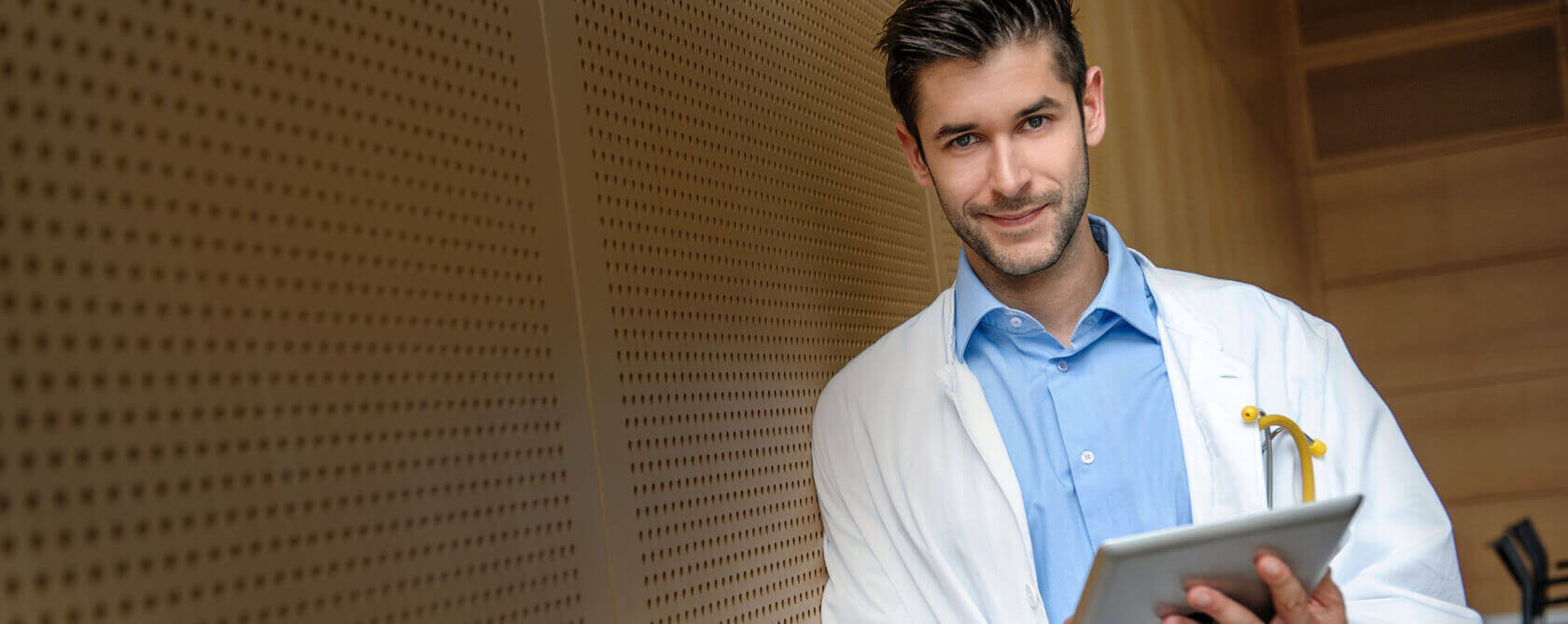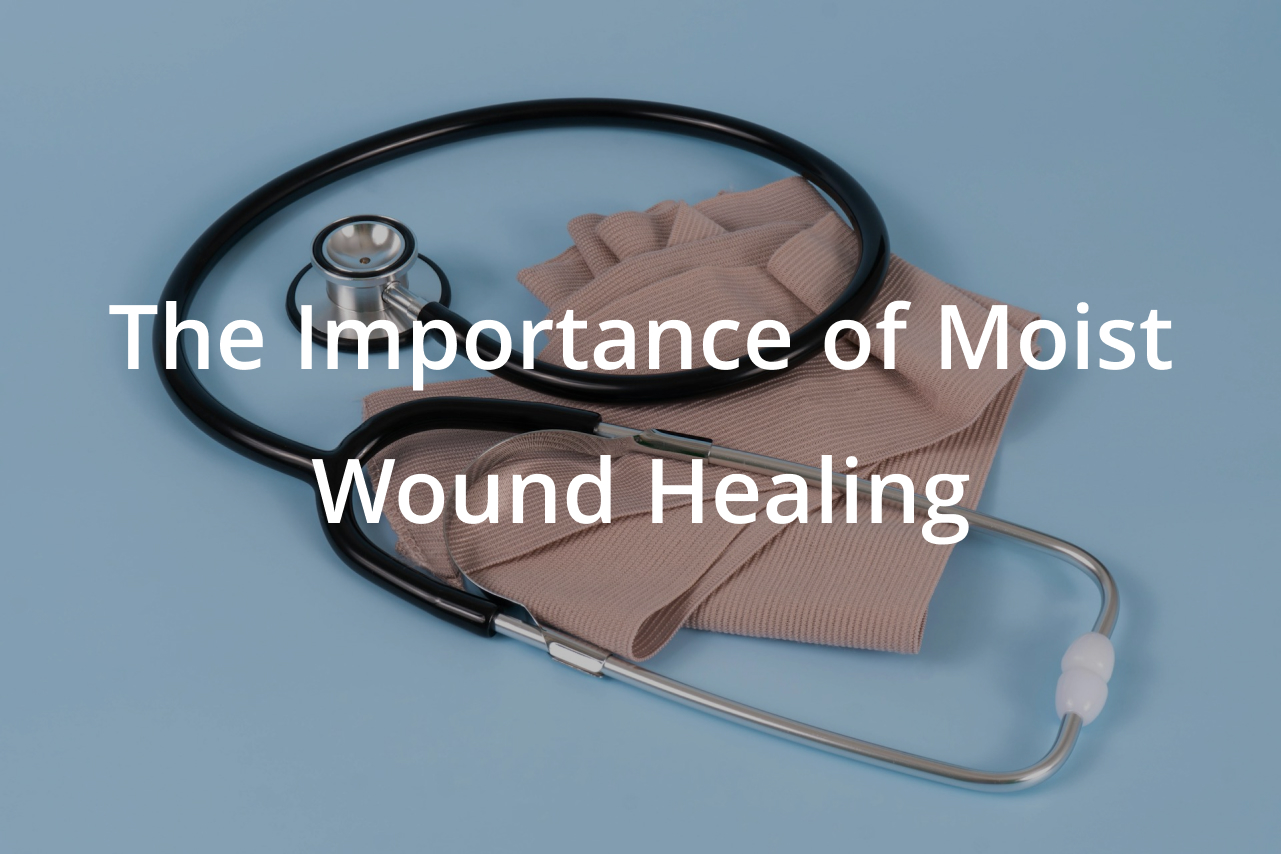Negative Pressure Wound Therapy (NPWT), or vacuum-assisted closure, is a sophisticated therapeutic technique used to promote healing in acute or chronic and secondarily closed surgical wounds. Under the guidance of Dr. Som, a board-certified plastic surgeon, the Wound Center specializes in employing NPWT to optimize patient outcomes. This blog explores the mechanics behind NPWT, its benefits, and the best practices for using this therapy to enhance healing and minimize the risk of infection.
The Mechanics of Negative Pressure Wound Therapy
How It Works: NPWT uses a vacuum pump to create a controlled hostile pressure environment around the wound. This is achieved through a sealed wound dressing connected to a pump that creates negative pressure (a vacuum). This negative pressure helps draw fluid from the wound, reduce swelling, and draw the edges of the wound together.
Device Components:
- The Pump: Generates the negative pressure.
- The Dressing: Designed to fit the wound’s specific shape and size and is sealed with an adhesive film.
- The Canister: Collects any fluid that is drawn from the wound.
Benefits of Negative Pressure Wound Therapy
- Enhanced Healing: By reducing edema and improving blood circulation to the area, NPWT accelerates the formation of granulation tissue, which is critical for wound healing. Enhanced blood flow brings more oxygen and nutrients to the wound, which is crucial for tissue repair.
- Reduced Infection Risk: NPWT helps remove exudates and potentially infectious materials from the wound, decreasing the risk of infection, a major concern in wound management.
- Decreased Healing Time: Studies have shown that wounds treated with NPWT often have a significantly shorter healing time than those managed with traditional wound care methods. This is particularly beneficial for patients with complex wounds, such as diabetic ulcers or wounds from major surgeries.
- Improved Quality of Life: Faster healing rates mean less dealing with the wound and more time enjoying life. NPWT often allows patients to move more freely without the discomfort of large, bulky dressings.
Best Practices for Negative Pressure Wound Therapy
- Proper Application: The success of NPWT heavily relies on the correct application of the dressing and the maintenance of airtight sealing. Dr. Som emphasizes the importance of thorough training for all clinical staff applying and monitoring NPWT to ensure optimal outcomes.
- Regular Monitoring: Healthcare professionals must frequently monitor wound healing progress and adjust therapy settings as needed. Monitoring also helps identify potential complications early, such as skin irritation or infection at the wound site.
- Patient Education: Patients undergoing NPWT need clear instructions on managing their therapy at home, recognizing signs of complications, and understanding the importance of maintaining the therapy schedule as prescribed.
- Interdisciplinary Approach: Effective wound management requires a team approach, including surgeons, nurses, wound care specialists, and sometimes nutritionists and physical therapists, to address all aspects of the patient’s health that contribute to wound healing.
Conclusion
Negative Pressure Wound Therapy (NPWT) is a valuable tool in modern wound care. It offers benefits that can lead to faster healing, reduced infection risks, and improved patient satisfaction. At the Wound Center, Dr. Som and his team are committed to utilizing state-of-the-art treatments like NPWT to provide the best possible care to patients struggling with difficult wounds.
If you or someone you know could benefit from advanced wound care, consider reading more about our specialized treatments on our blog or contact us directly. Our team is here to help guide you through your healing journey with expertise and compassion.



